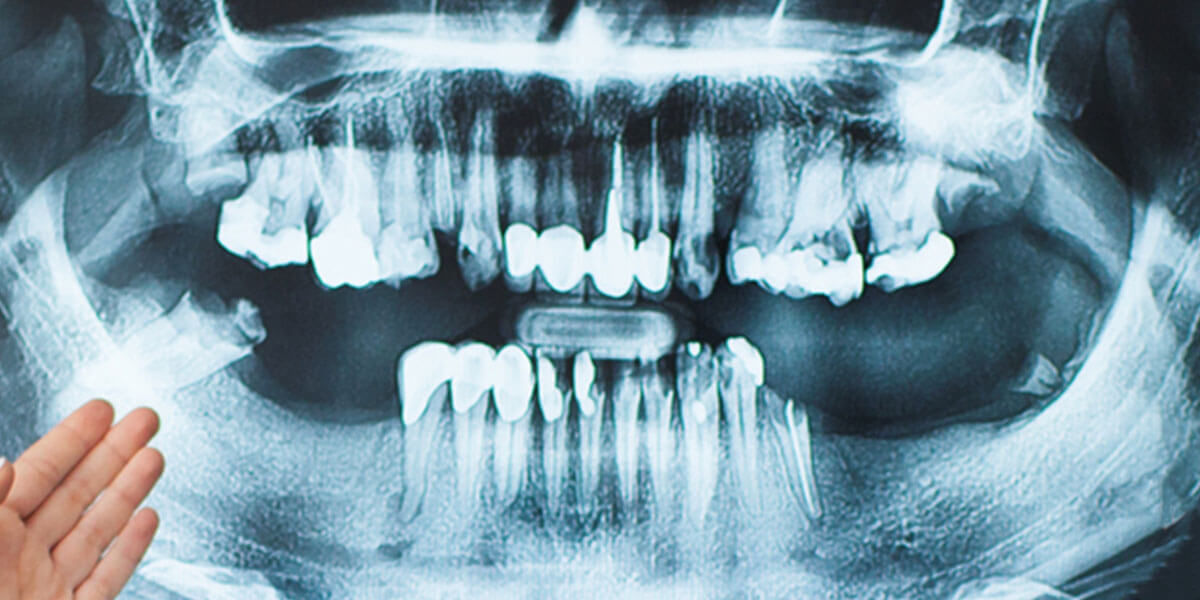Bone & Tissue Regeneration

Bone regeneration/grafting can be achieved through Socket Preservation, while Sinus Augmentation and Ridge Augmentation prepares sites for Dental Implant preparation.
A dental implant works as an artificial tooth root that is placed in the bone and holds a replacement tooth or bridge. At Andover Periodontics, your periodontist rebuilds the resorbed bone creating a solid implant foundation and places the implant into your jaw to replace a missing tooth. Dental implants are an ideal option for people in good general oral health who have lost a tooth or teeth due to periodontitis, a traumatic injury, or otherwise.
By replacing missing teeth with dental implants, patients effectively save more teeth and tooth structure than replacing teeth using traditional bridgework, since implants do not rely on the neighboring teeth for support. They function just as your natural teeth do by distributing the biting forces over your jaw bone naturally.
Socket preservation
The best time to start rebuild the bone for future implant placement is at time of tooth extraction in order to preserve the existing bone and begin the bone regeneration procedure. Therefore, at Andover Periodontics your periodontist will many times perform a bone regeneration procedure by adding a bone grafting material combined with a biologic material, also named growth factor, such as Platelet Derived Growth Factors, into the fresh extraction socket, and then covered by a resorbable membrane under the flap, to begin the process of bone regeneration.
Sinus Augmentation
A key to implant success is the quantity and quality of the bone where the implant is to be placed. The back part of the upper jaw has traditionally been one of the most difficult areas to successfully place dental implants due to insufficient bone quantity and quality and the close proximity to the maxillary sinus. A sinus augmentation procedure can help correct this problem by raising the sinus floor and developing bone height to provide a good bony foundation for the placement of dental implants.
Ridge Augmentation
Ridge deformities in the upper or lower jaw due to prior tooth extraction, gum disease or traumatic injuries can leave you with inadequate bone in which to place dental implants. To correct the problem, the gum is lifted away from the ridge to expose the bony defect that is then filled with a bone substitute (graft) to build up the ridge. This ridge augmentation procedure has been shown to significantly improve your chances for successful implants that can last for years to come.
After several months of bone healing the implant placement surgery is planned after a detailed radiographic evaluation of the existing bone architecture in the implant site from a Cone Beam CT scan of your jaw.

